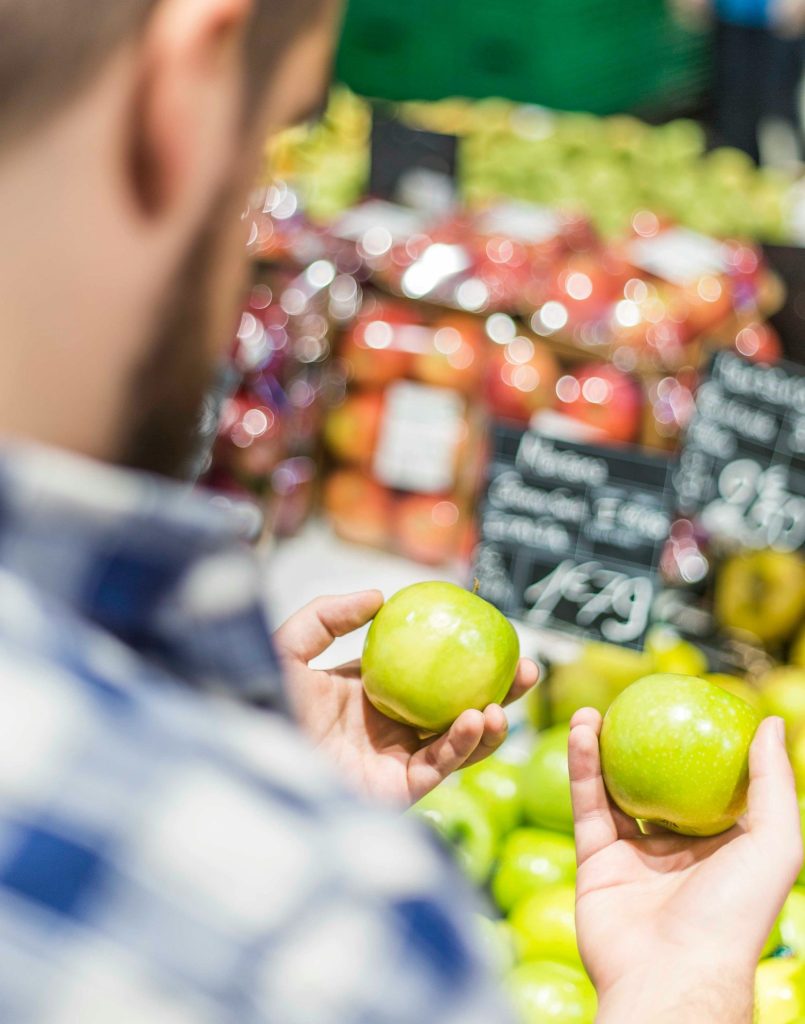What is Mindless Eating
First, we will look at what mindful eating is not. Mindless eating occurs when you eat without paying attention to the eating process. This often happens when you eat out of habit or while your focus is elsewhere, such as during a conversation, while working, scrolling through social media, or watching television.
Mindless eating can lead to eating when you are not hungry, using food to resolve unpleasant emotional states such as anxiety, and overconsumption of kilojoules beyond your body’s energy needs. It is not uncommon for mindless eating to be followed by guilt, regret, or self-critical thoughts about what has just been consumed.

What is Mindful Eating
Mindfulness is the practice of staying present and aware of your emotions, actions, and surroundings, moment-to-moment, without judgment. By practicing mindfulness, you can become more aware of what is occurring both inside and outside yourself, without being distracted by your thoughts.
Mindful eating is the process of applying mindfulness practice to the action of eating. It involves being present and aware of all aspects of eating experience of eating, such as:
- External cues which trigger the desire to eat.
- Internal cues that motivate you to eat.
- The experience of eating.
- Internal sensation that informs you when it is time to stop eating.
- Thoughts and judgments you have about eating.
By becoming more aware of the eating process, you will become more attuned to your body’s needs in the moment, enabling you to make better-informed food choices and develop a healthier relationship with food

Mindful eating incorporates three distance elements, informed eating, intuitive eating, and rational eating:
- Informed Eating: involves understanding of nutritional information, dietary needs, and personal health goals.
- Intuitive Eating: involves awareness of your body’s internal signals and the ability to recognize the difference between hunger, fullness, and various emotional states.
- Rational Eating: involves using logic and decision-making based on internal and external factors, including current internal body signals, personal health and pleasure goals, environmental eating cues, and contextual factors. It is about making balanced choices that align with practical considerations and avoiding extremes.
There is no overarching ‘correct’ and ‘incorrect’ way of eating, just like there are no absolute ‘good’ and ‘bad’ foods. Individual differences and context will always play a crucial role in determining what works best for each person’s eating habits.
Mindful Eating Activity
The purpose of this mindful eating activity is to help you increase your awareness of internal and external cues that influence eating behaviour, while also considering overall eating goals. Being able to accurately identify how you feel at any given moment will give you the ability to choose how you want to respond (i.e., mindful eating) as opposed to acting automatically without awareness (i.e., mindless eating).
Before eating, ask yourself:
- What am I feeling right now?
Am I: hungry, anxious, bored, sad, frustrated, tired, etc.
If hungry, ask yourself the following questions:
How hungry am I on a scale of 0-10? If your hunger score is less than 6/10, consider how you are feeling again and whether another feeling besides hunger is motivating your desire to eat.
- When did I last eat?
- When is my next meal planned?
- Can I wait until my next meal? If your hunger level is not very high, your last meal was less than four hours ago, and your next meal is within 30 minutes, then it might be reasonable to wait a little longer before you eat.
- On a scale of 0-10, how well is this food going to satisfy my current eating goal (e.g., a snack to tie me over until my next main meal or a main meal to fill me and keep me going?)
- If your score for the above is less than 6, then consider how can you improve this meal to better meet your goal.
Note: The scores above are arbitrary and the purpose of this activity is to encourage reflection on your eating behaviour. For example, when considering your hunger levels and whether you wait until your next meal, the intention is not to follow strict rules but to use flexible guidelines you set for yourself. You are encouraged to use a combination of information about your internal cues, environmental context, and overall health goals to make informed decisions. It is important to balance between food rules and restriction on one side, and mindless or impulsive eating on the other.
If you notice an unpleasant internal state, ask yourself the following questions:
What can I do to help relieve this feeling?
- If tired – get up and move. Go for a short walk. Talk to someone. Have a 20-minute nap.
- If bored – have a break from work. Find an enjyable activity to do.
- If sad – practice mindfulness. Go for a walk. Listen to some music. Speak to a friend.
- If anxious or frustrated – practice mindfulness. Do some deep breathing. Go for a walk. Listen to some music. Speak to a friend.
Am I craving a particular food? If yes:
- Try one of the activities above.
- If your next planned meal isn’t far away, consider waiting until after this meal until you have some of the craved food.
- If your next planned meal is more than 30 minutes away, consider having the main meal sooner (if possible). Then having some of the craved food.
- Allow yourself to have some of the craved food, but first wait 10 minutes before you eat it.
- If after trying all of the above steps and you still desire the craved food, then consider the steps below.
We often eat for social reasons and enjoyment, and this is a wonderful part of life that should be cherished.
When eating with others or indulging, use the same question above regarding the purpose of the food/meal:
What is the purpose of this food/meal?
- A main meal to fill me up – if so, consider questions about hunger above.
- To make me feel better – if so, consider questions about unpleasant internal states above.
- I am feeling good and not overly hungry, the purpose is for enjoyment – if so, consider the questions below:
If the purpose of eating is social or enjoyment, ask yourself:
- On a scale of 0-10 how much do I enjoy this food?
- What do I enjoy about this food?
- On a scale of 0-10 how much enjoyment does the food add to this particular social activity/setting/event?
- How do I feel after eating the food/meal? (e.g., content, happy, sick, overfull, etc.)
While eating the enjoyable food. Continue to ask yourself after every few bites how much you are enjoying this food. If the rating is less than 5/10 (again, this is arbitrary), consider why you are still eating.
About the author

Tyrone is a clinical psychologist, nutritionist, and qualified chef with an interest in holistic health and wellbeing. Tyrone’s special interests include eating behaviour, disordered eating, weight management, insomnia, and anxiety.




